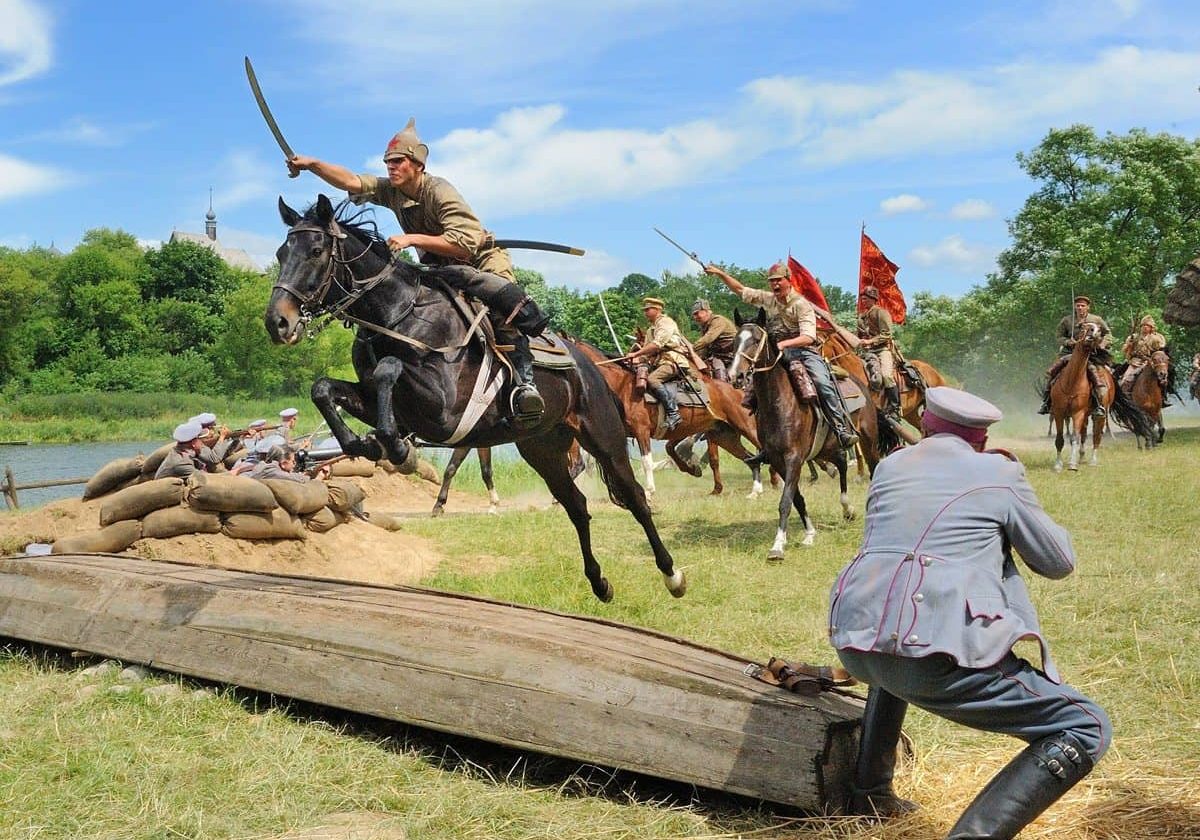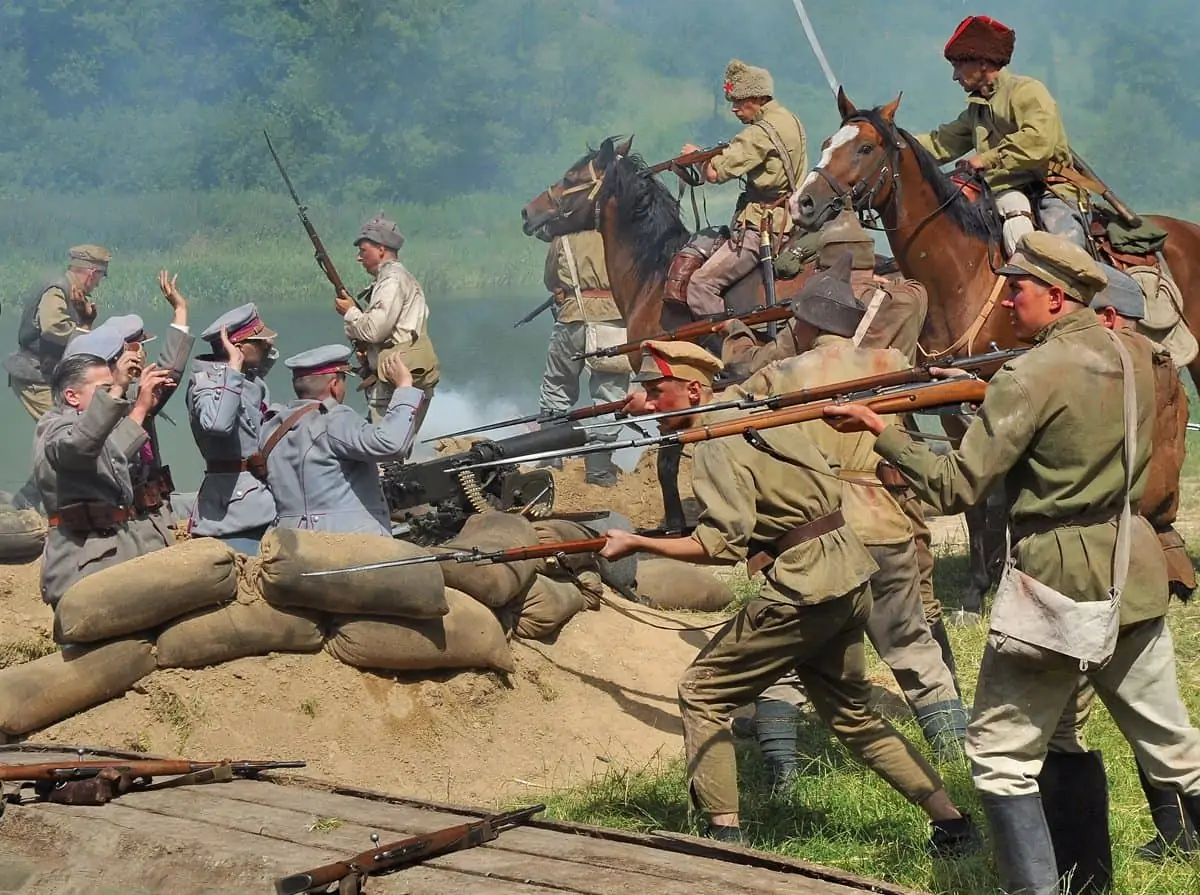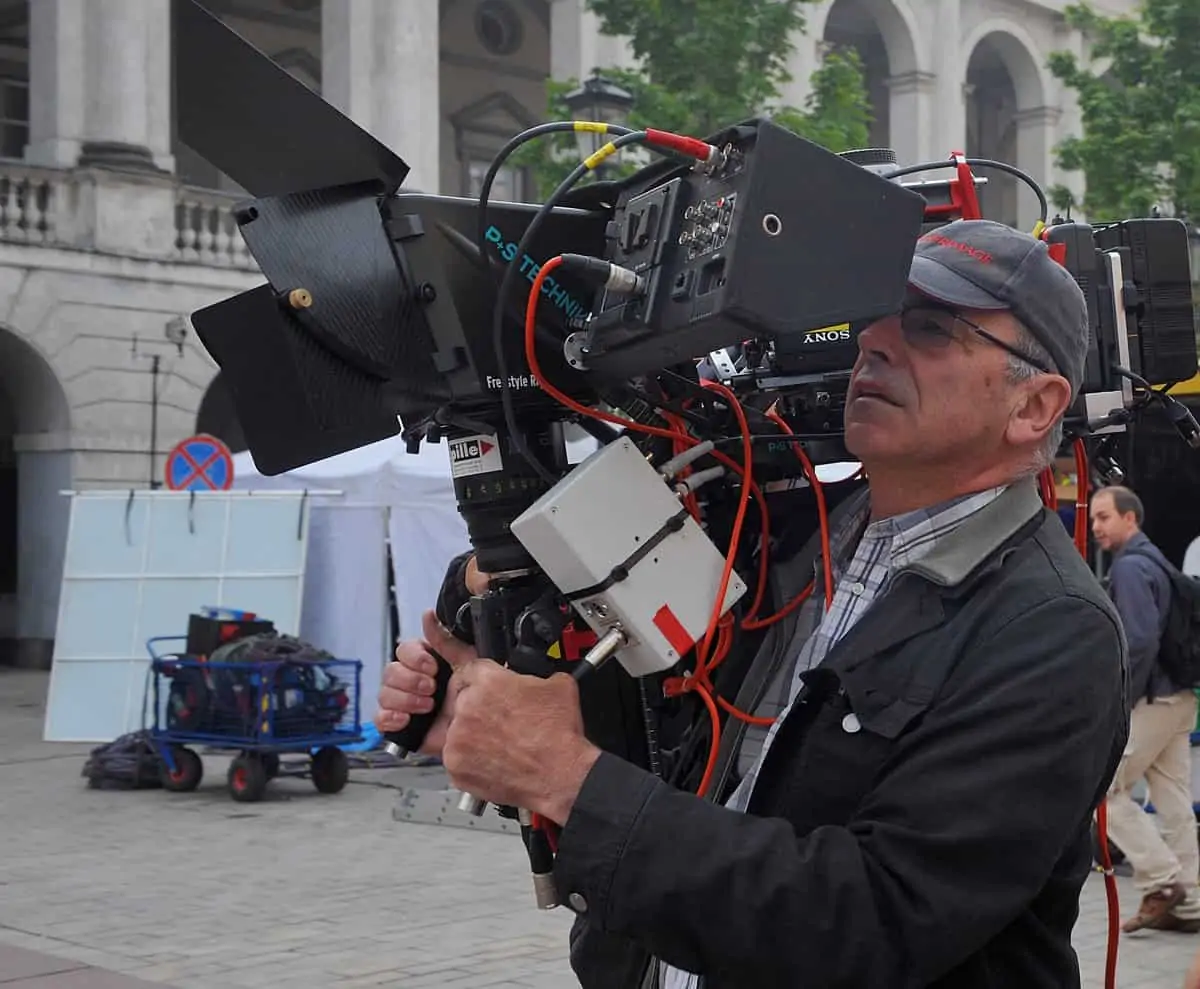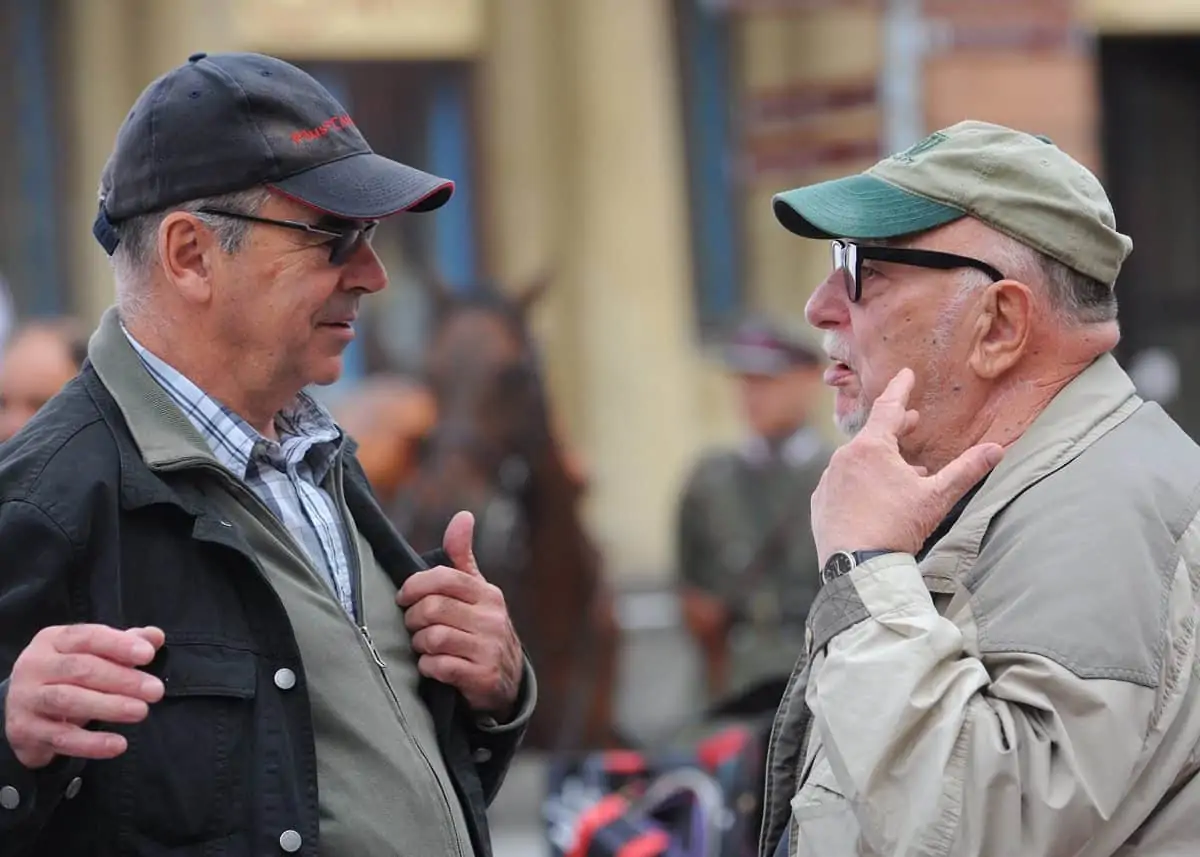National Pride
Slawomir Idziak / Battle of Warsaw 1920

National Pride
Slawomir Idziak / Battle of Warsaw 1920
The recognition, the big budgets and stars and the money associated with Hollywood and international films are major draws, but for most European filmmakers the attachment to home and the cinema culture there remains strong. Polish director of photography Slawomir Idziak had not worked in his homeland for 20 years but returned last year to shoot a film that is both Poland's first 3D feature and a dramatisation of a pivotal event in the country's history.
Directed by Jerzy Hoffman, The Battle Of Warsaw 1920 focuses on the turning point in the Polish-Soviet War of 1919-1921. Known in Poland as the Miracle on the (River) Vistula, the battle saw Polish forces counter-attack against the Bolsheviks to ultimately secure the nation's newly regained independence.
Idziak was closely associated with the socially and politically-aware cinema movement in Poland during the 1980s and early 1990s, but from 1993-94 onwards began working more widely in Europe, notably in Germany, and then on big international features, including Gattaca (1997), Ridley Scott's Black Hawk Down (2001) and Harry Potter And The Order Of The Phoenix (2007).
Part of the reason for working abroad, Idziak says, was because the directors he had worked with who defined Polish filmmaking in the '80s and '90s - Krysztof Kierslowski (director of A Short Film About Killing and The Double Life Of Veronique, who died in 1996), Adrzej Wajda (Dyrygent) and Krysztof Zanussi (The Year Of The Quiet Sun) - had "disappeared from the map and there was nothing involving to do in Poland".
Idziak knew Hoffman, but the two had not worked together. "He's well known in Poland for his adaptations of historical novels," Idziak says, "and when he proposed shooting the Battle Of Warsaw I realised it was a good opportunity for me to be go back there."
There was one condition, however - the film had to be shot in 3D. "The director is very traditional in his approach," Idziak comments, "so it took him some time to decide to use 3D, but he accepted it in the end."

Idziak's reasons for wanting to shoot stereoscopically were, he says, very simple: "The battle is a very important part of Polish history - we won in a miraculous way against huge odds. But I don't think young people are so interested in our history, so I thought that by using 3D it would make good entertainment, as well as making the historical point."
Aside from the national significance, Idziak acknowledges that The Battle Of Warsaw fits into a defined movie genre, the action war film, which has its own cliches and style. In recent times, he points out, shoot 'em up video games have created a hyper-realistic image of conflict that has left war movies looking dated. "3D gives the chance to refresh the cinema and is presenting us with new grammar that can be exploited for films like The Battle Of Warsaw," he says. "What we're doing is opening a new chapter and using these discoveries to give a dimensional sense of the battle."
Idziak brought in both established crew and newcomers to work on the production. Lukasz Kosmicki was director and DP and operator on the second unit, while the stereographer was Andrzej Waluk, whose experience in 3D over the last few years has led him to create his own tools and software.
"He's a fantastic stereographer," Idziak says. "He uses a sense of distance in the image that means the audience no longer knows where the screen is." Two custom made rigs were part of the hardware for the shoot, along with three main systems supporting Sony HDPC1 digital cameras, another holding a Sony XDCAM EX3, a P+S Teknik rig on a Steadicam and three small rigs with Panasonic AG-HCK10s.

As Idziak says, the key to 3D is depth-of-field and he was able to get this with the various cameras for different elements of the shoot: "The HDPC1s gave us the wide angles for the main shots, while the EX3 was good for the internal scenes. The sensors are both an advantage and a disadvantage but they were a good solution for getting what we needed."
Panasonic describes the AG-HCK10 as a point of view camera; it is much smaller than standard cinematography cameras and proved invaluable for capturing the smaller incidents of the battle and personal moments. These were operated by young filmmakers Idziak met through his own Films Spring Open website, the "Virtual Film Studio" established to bring together producers, directors, DPs, writers, actors and other creatives.
The operators were dressed in either Polish or Russian uniforms of the period and moved unobtrusively among the lead actors and extras - some of who were battle recreation enthusiasts. "The rigs were so small it looks as though they're holding guns, so the cameras become almost invisible," explains Idziak.

"The battle is a very important part of Polish history - we won in a miraculous way against huge odds."
- Slawomir Idziak
A mixture of natural and artificial light was used through the film, with the necessity to be economical on a $12 million budget - big for Poland, small in international terms - always at the back of Idziak's mind. "We had to find a way of doing it economically, so we used multiple cameras because with scenes involving 360 horses in a battle, you can't repeat it."
For the look of the battle scenes Idziak took as much from Polish culture as possible, with the colour palette coming from the work of father and son artists Wojciech and Jerzy Kossak, both of whom depicted important battles in Polish history.
Idziak believes The Battle of Warsaw 1920 marks a new chapter in cinema, both technically and in the way of working. "The 3D of the 1950s was extremely complicated in terms of syncing the cameras and processing but with the technology we have now I think it could be a cheaper technique than 2D," he comments. "We've got to the point where the audience is unable to see the difference between consumer and 4k cameras."

Idziak also feels that bringing filmmakers together through Films Spring Open is a major breakthrough as it contributes different ideas to a project. "This film is not just about me, it involved a lot of fantastic collaborators as well," he concludes. "I am trying to be open to the younger generation in cinema and this picture and I owe them a lot."
Operators on the film were Piotr Uznański, Michał Sobociński, Andrzej Król, Łukasz Baka, Andrzej Cichocki and Piot Bukojemski. The web address for Film Springs Open is www.filmspringopen.eu.










